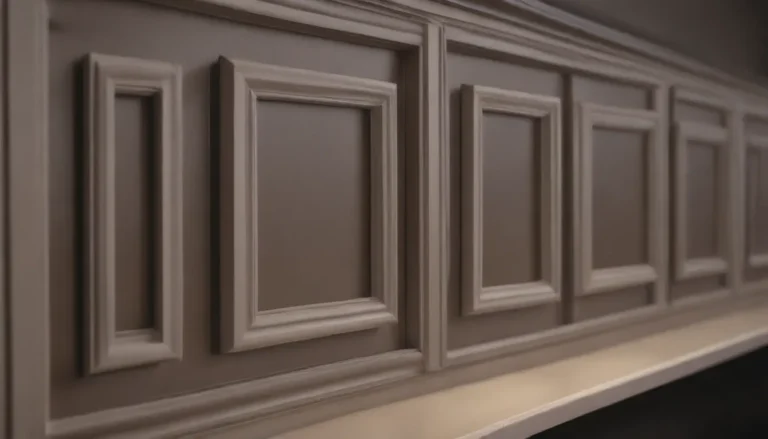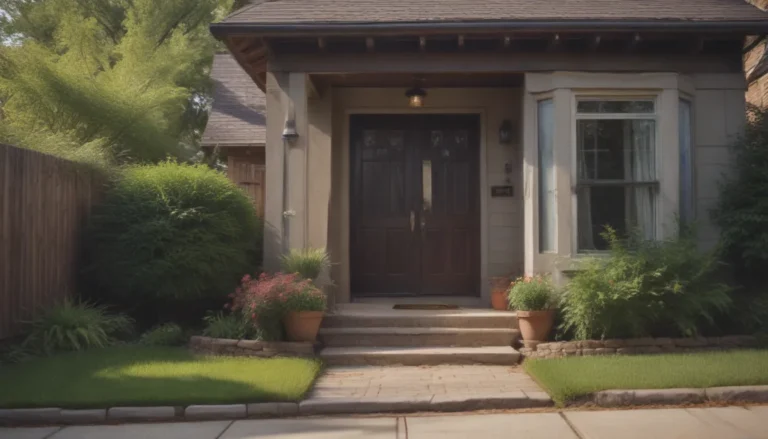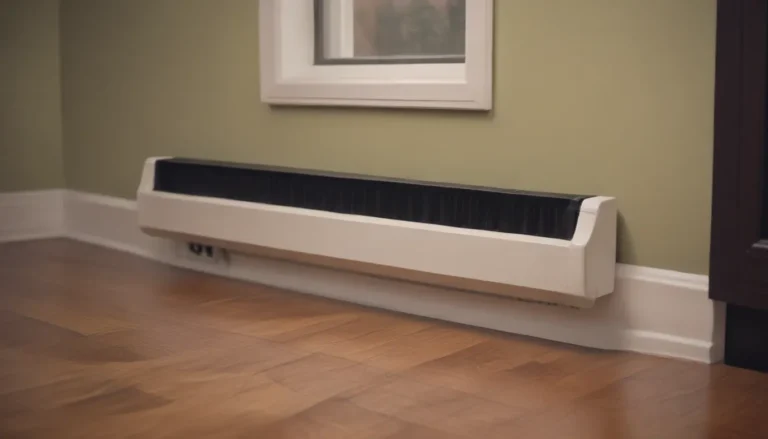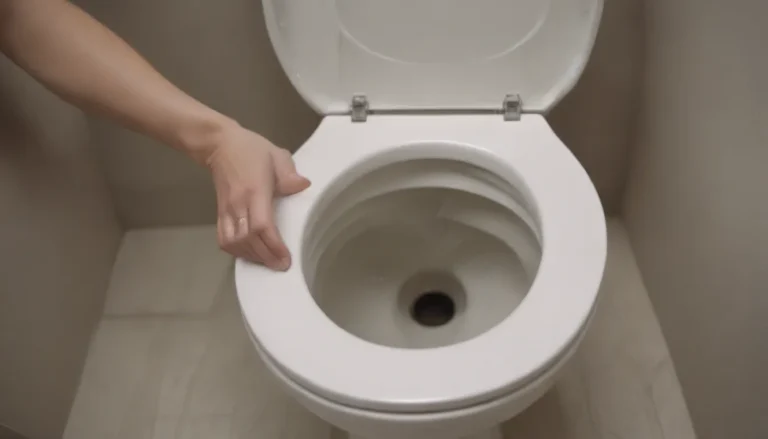The Ultimate Guide to Properly Dispose of Light Bulbs
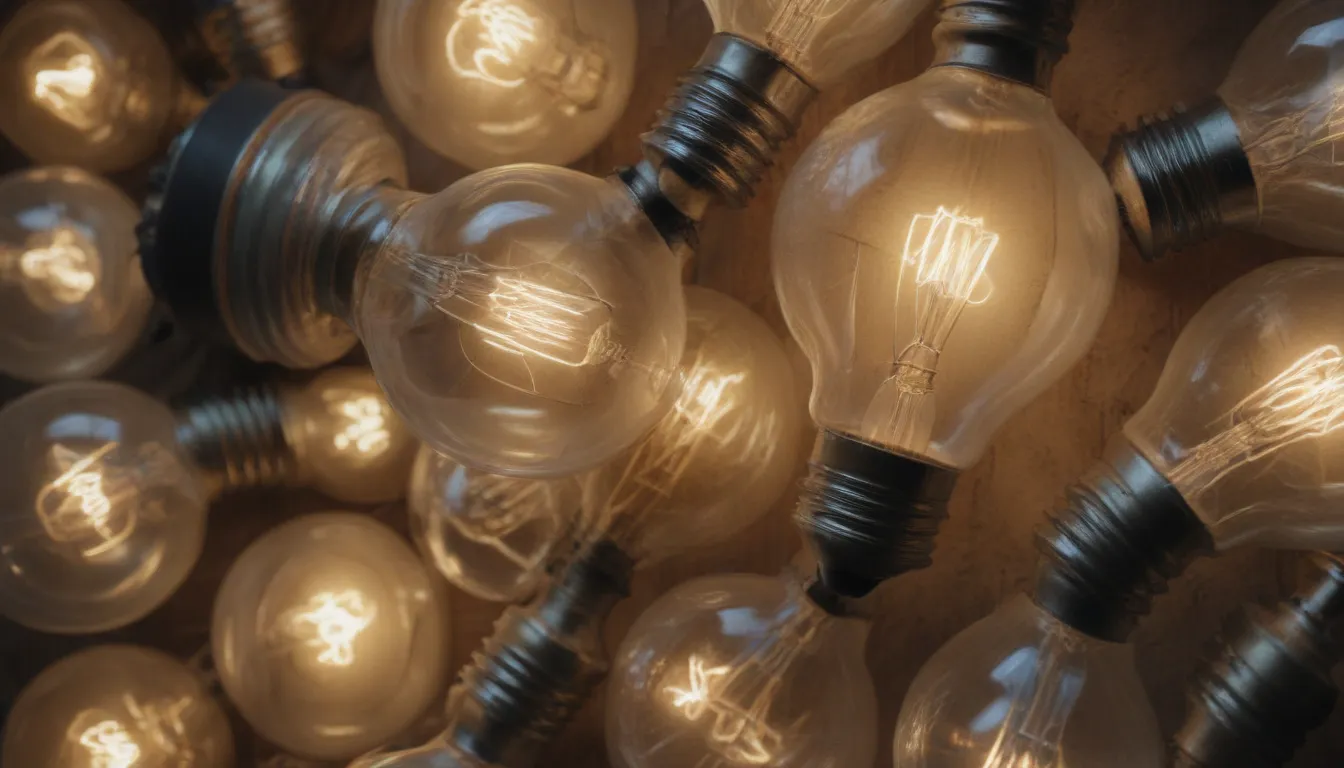
Light bulbs have come a long way in terms of efficiency and longevity, but eventually, even the best bulbs will burn out or break. It’s crucial to understand the proper disposal methods for different types of light bulbs to ensure safety and environmental responsibility. In this comprehensive guide, we will discuss how to dispose of various types of light bulbs such as LED, incandescent, CFL, fluorescent, halogen, and HID bulbs. You’ll also find tips on handling broken bulbs and recycling options for string or holiday lights.
How to Dispose of LED Bulbs
- LED bulbs can be disposed of in your regular trash service
- Curbside recycling programs typically do not accept LED bulbs
- Look for local recycling programs that offer special collection services for LED bulbs
- LED bulbs do not contain mercury but do have circuit boards with lead and arsenic
- Drop LED bulbs in the trash for disposal
LED bulbs are known for their energy efficiency and durability. Unlike fluorescent bulbs, LED bulbs do not contain hazardous materials like mercury. However, it’s always a good idea to check if your local recycling program accepts LED bulbs as part of their collection services to ensure proper disposal.
How to Dispose of Incandescent Bulbs and Lamps
- Incandescent bulbs can be disposed of in your regular trash service
- Wrap incandescent bulbs in a paper or plastic bag before disposal
- Identify incandescent bulbs by their wire-like filaments in the middle
- Incandescent bulbs become hot when emitting light
Incandescent bulbs are the traditional choice for lighting but are less energy-efficient than LEDs and CFLs. When disposing of incandescent bulbs, make sure to wrap them in a bag to contain any potential breakage and debris.
How to Dispose of Halogen Bulbs
- Halogen bulbs can be disposed of in the regular household trash service
- Check with your community’s hazardous waste management program for recycling options
- Place halogen bulbs in a plastic or paper bag before putting them in the trash
- Halogen bulbs are sturdy and should not break easily
Halogen bulbs burn hot and bright, making them ideal for various lighting applications around the home. While they can be disposed of in the regular trash, it’s worth checking if there are recycling options in your area due to their unique properties.
How to Dispose of Fluorescent Light Tubes
- Recycle fluorescent light tubes at approved recycling facilities
- Do not include fluorescent tubes in regular trash service or curbside recycling
- Fluorescent tubes contain mercury and are considered hazardous waste
- Look for local recycling programs that accept fluorescent tubes for proper disposal
Fluorescent tubes are commonly used in garages and workshops for their bright, energy-efficient light. Due to their mercury content, it’s crucial to recycle fluorescent tubes at approved facilities to prevent environmental contamination.
How to Dispose of CFL Bulbs
- Recycle CFL bulbs at approved recycling facilities
- Check with waste collection agencies and local retailers for recycling options
- CFLs should not be disposed of in regular trash service
- Carefully wrap CFL bulbs individually before recycling at a facility
CFL bulbs are known for their energy efficiency but contain mercury, making them hazardous waste. It’s essential to handle broken CFL bulbs with care and recycle them at approved facilities to prevent mercury exposure.
Tip
Certain states have enacted bans on CFL bulbs, with a federal phase-out planned for 2025. Make sure to wrap CFL bulbs securely before recycling them for safety.
How to Dispose of Broken CFL or Fluorescent Light Tubes
- Broken CFL bulbs should be recycled at approved recycling facilities
- Treat broken CFL bulbs with caution due to their mercury content
- Ventilate the area after breaking a CFL bulb and carefully clean up the debris
- Place all materials, including the CFL base, in an airtight container for recycling
Handling broken CFL bulbs requires specific precautions due to their mercury content. Properly clean up the debris and take all materials to a recycling facility to avoid mercury exposure.
How to Dispose of HID Bulbs
- Recycle HID bulbs at approved recycling facilities due to their mercury content
- HID lights are not common around the home but can be found in vehicle headlights
- Look for the “Hg” symbol on HID bulbs to indicate mercury content
- Wrap HID bulbs in plastic before taking them to a recycling facility
HID bulbs, such as high-pressure sodium lights and metal halide lights, contain mercury and should be recycled at approved facilities to prevent environmental harm.
How to Dispose of String or Holiday Lights
- Dispose of string or holiday lights in your regular trash service or with retailers offering recycling
- Separate the copper wires from plastic decorations before recycling
- Recycling string lights helps recover valuable materials like copper wire
String or holiday lights can be recycled at facilities that accept them, as they contain valuable materials like copper wire. Remove any plastic decorations and wires before recycling for proper disposal.
Recycling Services and Resources for Toxic Bulbs
- Waste collection agencies, local retailers, and mail-back services offer recycling options for CFLs, fluorescent tubes, and HID bulbs
- Check with your local hazardous waste management program for specific recycling guidelines
- Properly dispose of light bulbs to protect the environment and prevent mercury exposure
When it comes to recycling toxic bulbs like CFLs, fluorescent tubes, and HID bulbs, there are various resources available to ensure proper disposal. Recycling these bulbs helps protect the environment and reduce mercury exposure.
In conclusion, knowing how to properly dispose of different types of light bulbs is essential for environmental sustainability and safety. By following the guidelines provided in this comprehensive guide, you can ensure that your old light bulbs are disposed of correctly, reducing the impact on the environment and protecting your health and well-being. Remember to always check with local recycling programs and facilities for specific disposal requirements to make a positive impact on the planet.
References:
– “Potential Environmental Impacts of Light-Emitting Diodes (LEDs): Metallic Resources, Toxicity, and Hazardous Waste Classification” – Environmental Science & Technology
– City of Sunnydale, CA – How To Get Rid of Anything
– Kane County Recycles – Kane County Government Center
– North Carolina Department of Environmental Quality – Household Fluorescent Lights
– United States Environmental Protection Agency – Storing, Transporting, and Disposing of Mercury
– United States Environmental Protection Agency – Recycling and Disposal of CFLs and Other Bulbs that Contain Mercury
– EnergyStar/U.S. Department of Energy – Learn About CFLs
– American Council for an Energy-Efficient Economy – Study: Mercury-Laced Fluorescent Bulbs Should Be Phased Out – LEDs Now More Economical
– United States Environmental Protection Agency – Cleaning Up a Broken CFL
– United States Environmental Protection Agency – Basic Information about Recycling Mercury-Containing Light Bulbs (Lamps)
– Federal Trade Commission – The “FTC” Lighting Facts Label: Questions and Answers for Manufacturers
– Solid Waste Division, King County, Washington – Holiday Lights Recycling
By following the proper disposal methods outlined in this guide, you can contribute to a more sustainable and environmentally friendly future. Let’s all do our part to protect the planet by disposing of light bulbs responsibly.
